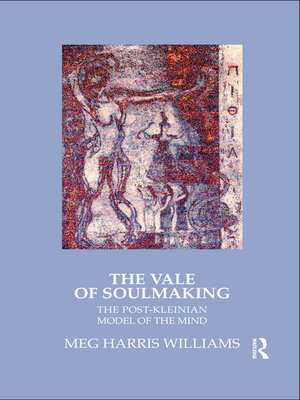
Sign up to save your library
With an OverDrive account, you can save your favorite libraries for at-a-glance information about availability. Find out more about OverDrive accounts.
Find this title in Libby, the library reading app by OverDrive.



Search for a digital library with this title
Title found at these libraries:
| Library Name | Distance |
|---|---|
| Loading... |
The post-Kleinian model of the mind, as developed by W. R. Bion and Donald Meltzer, is essentially an aesthetic one. It is founded on Melanie Klein's discovery of the "internal object" with its combined masculine and feminine qualities and ambiguous, awe-inspiring nature. Turbulent emotional experiences are repeatedly transformed through symbol-formation, on the basis of the internal relationship between the infant self and its object; and the aesthetic containment provided by this "counter-transference dream" (as Meltzer put it) enables the mind to digest its conflicts and develop.This search for a pattern that can make "contrary" emotions thinkable is modelled by all art forms and accounts for their universal significance. It is a process that can be observed particularly clearly in literature, in the form of the romance between the poet and his Muse (the traditional formulation of the psycho-analytic internal object).







